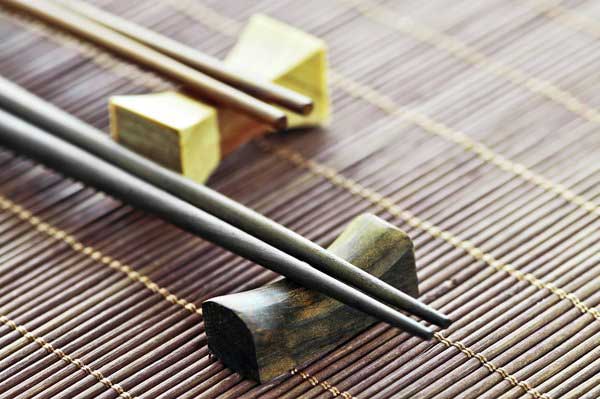Have you ever wondered why the Chinese use chopsticks instead of knives and forks like many other cultures? The intriguing history of chopsticks dates back thousands of years and involves interesting figures like Confucius and Cardinal Richelieu. In this article, we will delve into the evolution of chopsticks, exploring how they went from simple stew stirrers to essential dining tools on tables worldwide. Join us on this culinary journey to discover the unique origins of chopsticks and their significance in various civilizations.

The Humble Origins of Chopsticks
Around three thousand years ago, the first chopsticks were discovered in the ruins of Yin, the last capital of the Shang Dynasty in Northern China. Initially, these chopsticks were only used as stirring tools for stews, not for eating. Additionally, long forks were employed in the Shang kitchens, while meal times involved the traditional use of knives and fingers. So, when did these humble chopsticks find their way to the dining table?
Chopsticks during the Han Dynasty
Around two thousand years ago, during the Han Dynasty, the use of chopsticks took an interesting turn. The Han people predominantly consumed millet, which was turned into porridge for consumption. However, eating porridge with chopsticks proved challenging, leading to chopsticks not gaining popularity during this era. But as the Han Dynasty expanded southward, their dietary habits shifted, and chopsticks found a new purpose.
Rice and the Rise of Chopsticks
The southern regions of China were ideal for cultivating rice, which soon became a staple in the Han diet. East Asian rice, being starchy and clumping together, made it easy to eat with chopsticks. As a result, chopsticks became more prevalent, especially in the consumption of rice and other dishes like noodles and dumplings. This shift in diet and culinary preferences contributed significantly to the widespread use of chopsticks.
The Versatility and Cost-Effectiveness of Chopsticks
One of the key factors behind the popularity of chopsticks was their versatility and affordability. In a country with a massive population like China, where resources were limited, using chopsticks made practical sense. They required fewer resources to manufacture than metal knives and forks. Moreover, chopsticks allowed for smaller food chunks, reducing cooking time and fuel consumption—a perfect blend of culinary physics and economics.
Confucius and the Promotion of Chopsticks
Confucius, the influential Chinese philosopher, was a staunch advocate of chopsticks. He believed that knives were too violent and barbaric for a dignified person’s dining table. His emphasis on proper table manners and etiquette, including the use of chopsticks, was recorded in the Book of Rites, an essential Confucian text. Confucius played a significant role in popularizing the use of chopsticks during this era.
Cardinal Richelieu and the Table Knife
Interestingly, the use of knives on European dining tables posed a different problem. The knives were sharp and even doubled as toothpicks for the guests. Cardinal Richelieu, a mastermind of his time, solved this issue by ordering the blades of knives to be ground down, creating the first table knives. While Confucius championed chopsticks in China, Richelieu pioneered the concept of table knives in Europe.
Conclusion
The evolution of chopsticks is a captivating journey that spans millennia and involves two influential figures from different cultures—Confucius and Cardinal Richelieu. From their modest beginnings as stew stirrers to becoming an integral part of Asian dining culture, chopsticks have left a lasting impact on the way people eat and enjoy their meals. As we reflect on their history, let us appreciate these versatile and affordable dining tools that have stood the test of time and continue to bring joy to tables worldwide.
